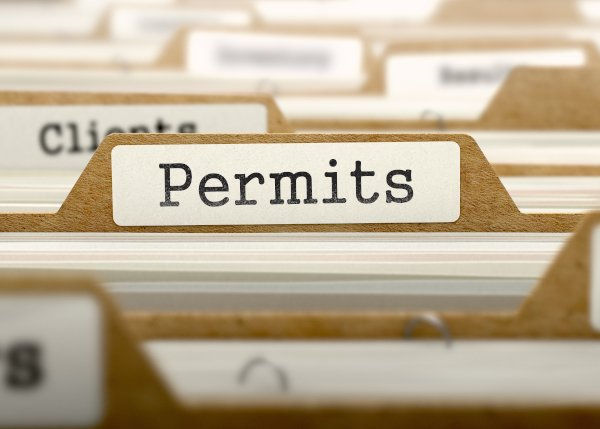Navigating HVAC Permits: What You Need to Know Before Installation
- Jean Swafford
- Aug 18, 2024
- 2 min read

When planning an HVAC installation or major upgrade, one crucial aspect often overlooked by homeowners is the requirement for permits. Obtaining the necessary permits is not just a formality—it's a critical step that ensures safety, compliance with local codes, and the validity of your home insurance. This blog post delves into why you need HVAC permits, how to obtain them, and the risks of skipping this essential process.
1. Why Are HVAC Permits Necessary?
Safety: Permits ensure that installations adhere to current building and safety codes, protecting you and future occupants of the property.
Compliance: Local codes and regulations are designed to ensure that all installations meet minimum standards that promote energy efficiency and environmental protection.
Insurance: Work done without a permit might not be covered by insurance if it leads to damage or requires future repair.
Resale Value: When selling your home, potential buyers and inspectors will check for permits to ensure that all modifications, including HVAC installations, were done legally and correctly.
2. When Do You Need an HVAC Permit?
New Installations: Almost all new HVAC installations require a permit, whether replacing an old system or installing one in a new build.
Major Repairs: Significant repairs that alter the original installation or replace major components like the furnace or air conditioner often need a permit.
System Upgrades: Upgrading your system for efficiency or capacity might require a permit, especially if it involves electrical or ductwork changes.
3. How to Obtain HVAC Permits
Research Local Requirements: Building codes and permit requirements vary significantly by location. Contact your local building department or visit their website for information specific to your area.
Hire a Licensed Contractor: Professional HVAC contractors can often pull permits on your behalf. They are familiar with the process and the local codes, which helps ensure that your project meets all requirements.
Prepare Documentation: Depending on your municipality, you might need to submit detailed plans of the proposed work, proof of property ownership, and the contractor’s license and insurance information.
Inspection: After the installation, a building inspector typically checks the work to ensure it complies with the permit and local codes.
4. The Risks of Skipping Permits
Legal and Financial Risks: Installing an HVAC system without a permit can lead to fines, mandatory removal of the system, or complications with future property sales.
Safety Concerns: Unpermitted work may not meet safety standards, which could lead to dangerous situations such as poor air quality, fire hazards, or system malfunctions.
Insurance Issues: Insurance companies may deny claims related to systems installed without the necessary permits, leaving homeowners vulnerable to significant out-of-pocket expenses for any related damages.
5. Conclusion
While obtaining an HVAC permit might seem like an extra step in the installation process, it plays a vital role in ensuring that the work is done safely and up to standard. Working with a qualified HVAC contractor who understands the permitting process and local codes can streamline your project and help avoid future headaches. Always prioritize safety and compliance by ensuring that all necessary permits are acquired before any work begins. This diligence will not only enhance the safety and efficiency of your HVAC system but also protect your investment in the long run.





Comments